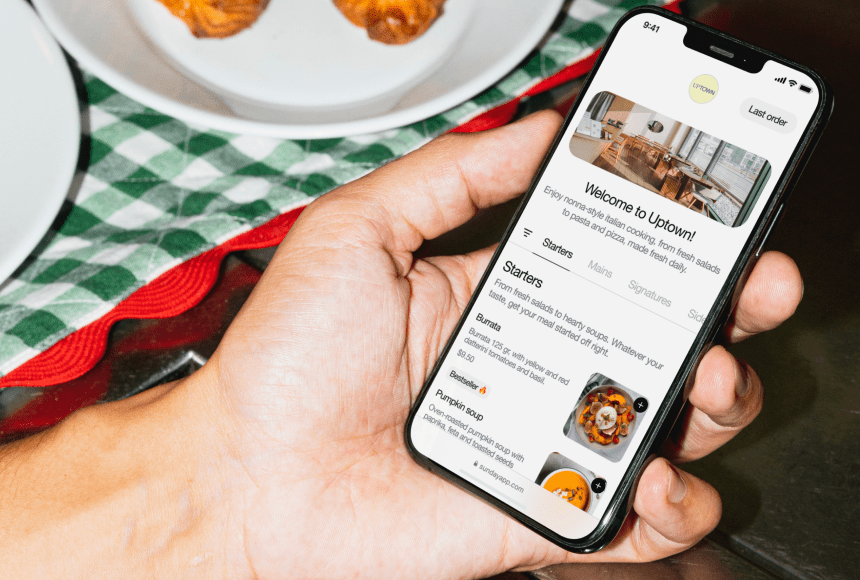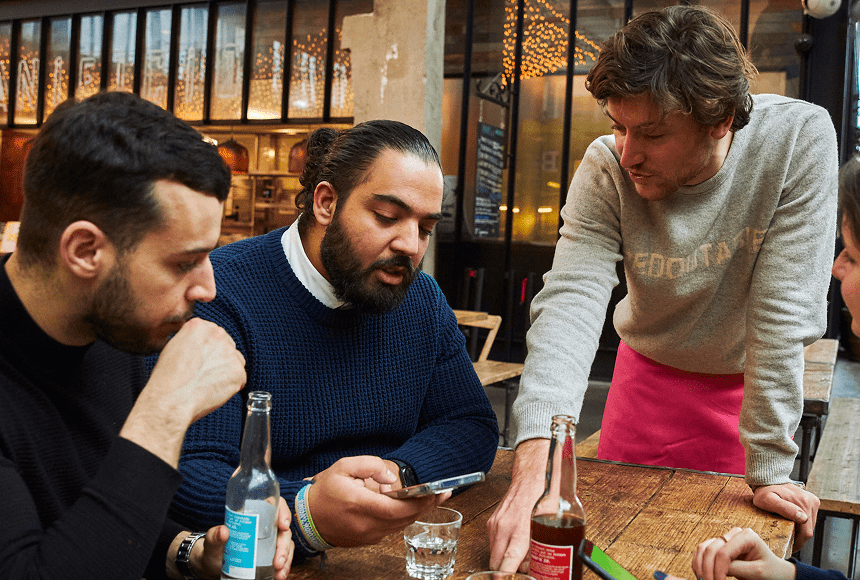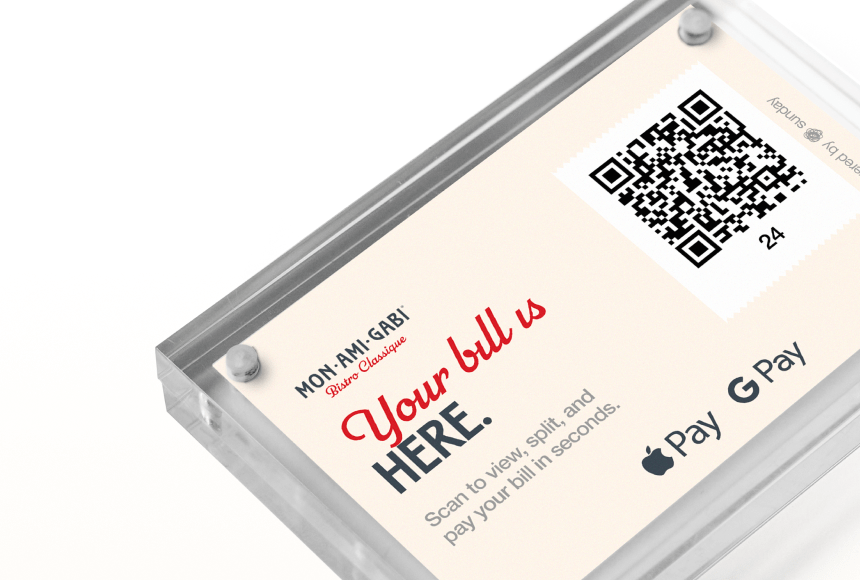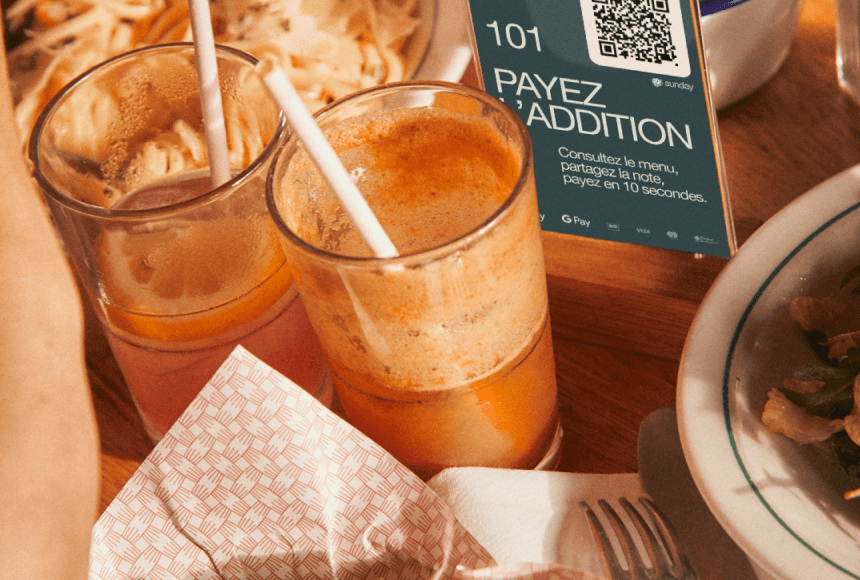
Finding the Perfect Fit for Your Restaurant’s Next Digital Step
Why QR Code Ordering Matters More Than Ever
It’s no secret that the restaurant industry is embracing technology at a rapid pace. Amid staffing shortages and rising customer expectations, owners and managers are hunting for ways to streamline operations and keep diners happy. Enter QR code ordering—a solution that’s gone from novelty to near-essential in a matter of years.
According to the National Restaurant Association, guests increasingly prefer digital menus and contactless payment options (source). But choosing the right QR code ordering platform isn’t simply a matter of picking the first system you see. Some tools work brilliantly for casual spots with a quick turnover, while others are designed for full-service dining experiences. If you’re scratching your head over which direction to take, this article is here to help.
We’ll look at the main points you need to consider—from user experience and menu design to payment integrations and data insights—so you can feel confident in your selection. By the end, you’ll have a clearer idea of what truly makes a QR code ordering solution the right fit for your business.
1. Clarify Your Restaurant’s Goals and Needs
Before you dive into demos or sign any contracts, take a moment to spell out what you want from a QR code ordering platform. Not every restaurant has the same pain points or ambitions.
- Speed vs. Ambience: Are you looking to shave minutes off the ordering process for a fast-casual spot? Or do you run a fine-dining restaurant where the focus is on a seamless, elevated experience?
- Order Accuracy: Maybe you’re losing money on comped meals or re-fires due to misheard orders. A digital ordering system can solve that, but you’ll want features like customizable item notes and easy modifications.
- Data and Insights: Some platforms provide detailed analytics—like popular items, peak hours, or add-on trends. If you want to fine-tune your menu over time, that could be a game-changer.
Pinpoint exactly where you hope to see improvements. That clarity will guide you in comparing features, instead of being dazzled by bells and whistles you might never actually use.
2. Look for a User-Friendly Design
One of the biggest benefits of QR code ordering is how smoothly it can guide guests through the menu. But not every system is created equal. If your diners find the interface confusing, you’ll create more problems than you solve. Here’s what to watch out for:
- Mobile Responsiveness: The system should load quickly and adapt to different screen sizes. Overly complex layouts can frustrate users on small phone screens.
- Clear Menu Categories: Organize items by logical sections (appetizers, mains, desserts). Don’t make diners scroll endlessly to locate the right dish.
- Straightforward Customization: If your restaurant offers multiple sauce options or sides, ensure guests can specify those choices easily. Too many steps to add “extra cheese” or “gluten-free crust” is a recipe for cart abandonment.
Your goal is to make the digital ordering process as intuitive as flipping through a paper menu—only faster, more accurate, and more visually appealing.
3. Ensure Strong Integration with Your POS and Payment System
A QR code menu is only half the battle. Behind the scenes, you need an efficient way to handle transactions and route orders. That’s where integration comes in. Look for a solution that:
- Connects to your existing POS: Ideally, orders should drop straight into the system your staff already uses. No more manual entry or toggling between screens.
- Offers seamless payment flows: Platforms like sunday unify payment, tipping, and even Google reviews in one place. If your chosen system handles that as well, you’ll reduce friction for guests and staff alike.
- Accommodates multiple payment types: From credit cards to digital wallets, diners want flexibility. Ask vendors if they support Apple Pay, Google Pay, or PayPal for an even smoother checkout.
When everything works together behind the scenes, your team can focus on hospitality rather than fumbling with tech issues or juggling multiple platforms.
4. Evaluate Customization and Branding Options
Your restaurant isn’t just any place to eat—it has its own identity. The right QR code ordering solution should reflect that. Consider how you want your digital menu to appear:
- Brand Colors and Logos: Some platforms let you upload your logo or match the design with your restaurant’s color palette. A cohesive look reassures guests they’re in the right place.
- Menu Photos and Descriptions: Crisp images can boost sales by giving diners a visual taste of your best dishes. Make sure the platform supports high-quality photos without slowing load times.
- Language and Tone: Does your brand voice lean witty and informal, or refined and elegant? Check if you can customize menu text to match that vibe.
Subtle touches in design can help diners feel they’re still engaging with your unique restaurant personality—even when interacting through a phone screen.
5. Prioritize Reliability and Technical Support
Technology is fantastic—until something goes wrong. A glitchy QR code or a menu that won’t load can sour the guest experience and frustrate staff trying to troubleshoot mid-shift. To avoid these pitfalls, ask potential providers about:
- Uptime and stability: Do they boast a robust infrastructure? If their servers go down during your Saturday rush, that’s a nightmare scenario.
- Speed of updates: You’ll likely tweak your menu or run limited-time offers. Look for a platform that allows instant changes so you’re not stuck waiting for a nightly sync.
- Customer service availability: Is there 24/7 phone or chat support? Do they offer quick response times in case of urgent issues?
Taking the time to verify reliability can save you countless headaches—and lost revenue—down the road.
6. Assess Data and Reporting Features
One of the hidden gems of digital ordering is real-time analytics. Paper menus can’t tell you how many times a diner hovered over the steak frites before settling on the chicken. But a good QR code solution can reveal patterns you never saw before. Look for reporting features like:
- Top-selling items: Identify which dishes fly off the virtual shelf and which ones could use a facelift.
- Traffic by time of day: See if lunch customers order more sides than dinner guests, or if your weekend brunch drives bigger check sizes.
- Average cart value: Track how add-ons, combos, or promotions nudge diners to spend a bit more.
These insights can help you refine your menu, adjust staffing schedules, or design better upsell strategies. Some systems even let you run A/B tests—like featuring different photos or highlight tags—to see what truly resonates with your clientele.
7. Check for Adaptability in a Changing Market
Restaurant trends evolve fast. You might pivot from an in-person experience to more takeout or shift to new menu concepts. Ensure your QR code solution can roll with the punches by offering features like:
- Delivery and pickup ordering: If you eventually want to handle to-go orders or curbside pickup, the same platform should be able to support it.
- Multiple location management: For owners with more than one restaurant, a centralized dashboard can be a huge time-saver.
- Loyalty program integration: Some systems tie directly into loyalty points or membership perks, creating a consistent customer experience across channels.
Flexibility is key. The last thing you want is a platform that boxes you in when you decide to experiment or grow.
8. Secure an Edge with Upselling and Cross-Selling Tools
If you’re looking to boost revenue, a well-chosen QR code solution can be your new best friend. Some platforms have advanced upsell prompts—like “Add a side for $2 more?”—or highlight staff favorites and combos. Used wisely, these prompts feel like helpful suggestions rather than pushy sales tactics. The result? Higher ticket sizes without forcing servers to mention every single add-on manually.
Additionally, you can display promotions or limited-time items in prime positions on the menu. Digital real estate is powerful—if your Sunday special is the first thing diners see, they’re more likely to order it.
9. Factor in Total Cost of Ownership
QR code solutions can vary widely in pricing models. Some charge a flat monthly fee, others take a percentage per transaction, and a few might layer on extra charges for premium features. Consider:
- Setup fees: Are you paying an upfront cost for hardware or custom menu design?
- Transaction fees: A small percentage might not sound like much, but it adds up with every check you process.
- Long-term value: Even if a platform costs more each month, it may offer better reporting, support, or customer engagement tools that ultimately boost your bottom line.
Take time to crunch the numbers. An affordable solution that lacks essential features might become more expensive in lost sales and staff time.
10. Gather Real-World Feedback
Once you’ve narrowed your choices to a few strong contenders, talk to other restaurant owners who have walked this path. Ask about their experiences, any unexpected hiccups, and what they love or hate about their system. You can also look up independent reviews on platforms like Restaurant Business Online (source) to see if any patterns emerge—whether good or bad.
And don’t forget your own staff. A short test period where they can explore a demo might reveal glaring interface flaws or confirm it’s a dream to use. Real-world feedback beats any marketing pitch you read on a vendor’s website.
Putting It All Together
Choosing the right QR code ordering solution is like finding that perfect addition to your menu—a dish that doesn’t just fill a spot but genuinely enhances your entire lineup. When done well, digital ordering can cut wait times, reduce errors, give your team breathing room, and even boost sales through strategic upsells.
Here’s a quick recap of the essentials to keep in mind:
- Understand Your Goals: Clarify if you want to speed up table service, reduce errors, gather data, or all of the above.
- User-Friendly is Key: A clunky design frustrates everyone—make sure menus are easy to navigate and visually appealing.
- Integration and Reliability: The platform should mesh with your POS and handle payments without hiccups.
- Customization and Upsell Tools: Reflect your brand identity and gently guide customers toward higher-value items.
- Data Analysis: Use insights to refine everything from your menu layout to your staffing schedule.
- Cost vs. Value: Balance monthly fees, transaction costs, and potential revenue gains to pick a solution that truly pays off.
Finally, remember that any tech solution works best when it enhances—rather than replaces—human hospitality. The best QR code platforms free up your servers to do what they do best: deliver genuine warmth, handle special requests, and make diners feel at home. So don’t be afraid to leverage technology as an ally in your quest for a smoother, more profitable restaurant business.
With a carefully chosen QR code ordering solution, you’re not just following a trend—you’re stepping into the future of dining, one scan at a time. Make that choice count, and your customers (and staff) will thank you for it.
Find out more today
Drop us your details below and we’ll reach out within the next 24h




